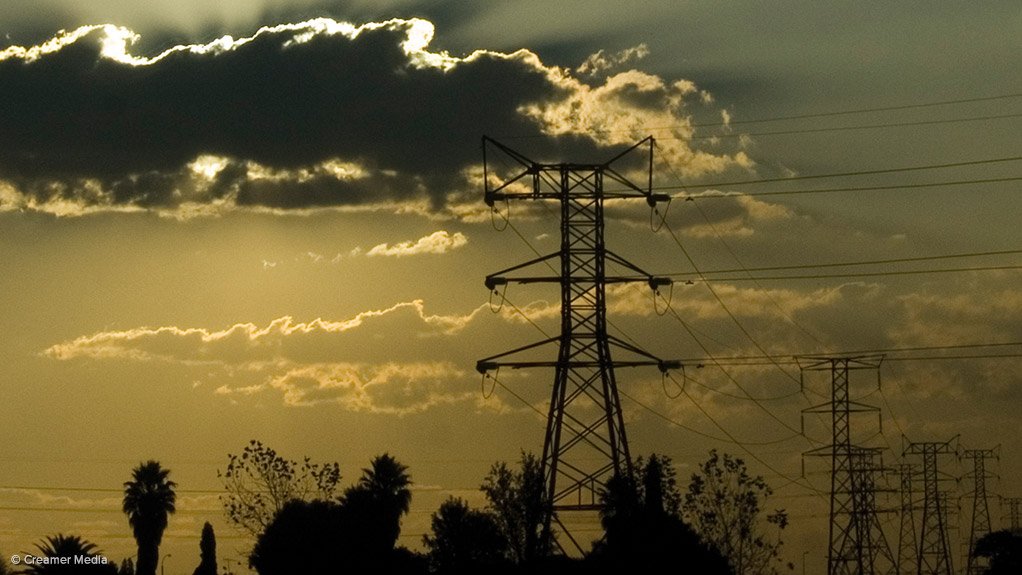Load-shedding has plagued South Africans for years after first being introduced by embattled power utility Eskom in 2007 due to insufficient electricity supply.
The country has since endured bouts of ongoing power outages, or load-shedding, with 2022 set to become the worst year of load-shedding recorded.
Load-shedding has also been blamed for South Africa's struggling economy, with power outages costing the country's economy an estimated R500-million per stage.
However, a range of measures announced by President Cyril Ramaphosa a month ago promises to liberalise the country's electricity market and end load-shedding in the medium term.
News24 spoke to two experts about the key problems facing Eskom, the plans in place to address the situation, and whether enough is being done.
What are the key problems facing Eskom?
Professor Sampson Mamphweli, the director of Stellenbosch University's Centre for Renewable and Sustainable Energy Studies, said the main issue facing Eskom was the continued breakdown of coal-fired power stations.
"They are old and were neglected. There was no proper maintenance of the power plants, so their energy availability factor is very low at around 62%," Mamphweli told News24.
Energy availability factor (EAF) is defined as the percentage of maximum energy generation that a plant is capable of supplying to the electrical grid, only limited by planned and unplanned outages.
Former energy specialist at the Development Bank of Southern Africa and independent energy economist Lungile Mashele agreed that the key issues facing Eskom were constant breakdowns as a result of numerous issues.
Furthermore, she said vandalism, skills and ageing plants contribute to the strained energy environment in South Africa.
"The key issue is a lack of reliability maintenance which has rendered their plant only 60% useful," Mashele said.
What are the plans in place to address the situation at Eskom?
Mashele said the only plan for Eskom was to focus on six plants and get these back up to a predictable EAF, which would require time, money and the appropriate skills.
"You need to plan for years in advance to do proper maintenance as you take a unit off for months; you get the right people; you need to budget adequately; project management; and deviations from the Public Finance Management Act (PFMA) to enable you to procure from original equipment manufacturers (OEMs).
"Eskom, however, has assured Treasury that they have the money required for a maintenance programme. And, Treasury has also reiterated that they are available should Eskom require money."
Mamphweli said Ramaphosa's plan to end load-shedding included:
- Demand response and management
- The inclusion of small-scale embedded generation
- Bringing forward bid window 7 and including it in bid window 6
- Battery storage to store excess power during the day when we produce more than we consume.
Furthermore, Mamphweli said Eskom had developed a just energy transition strategy that relied on green finance as well.
Do you believe enough is being done to improve the situation at Eskom?
Mamphweli said he believed that enough was being done to improve the energy situation in South Africa.
"The measures announced by the president will ease load-shedding in the short to medium term, and [load-shedding] will be a thing of the past in the next two years."
Mashele said while the state had announced various measures in their energy plan, none of these would solve load shedding, except reliability maintenance.
"Everything else is still far off. They need a number of administrative things to be done by Nersa (National Energy Regulator of South Africa) and the government to enable the procurement of additional MWs," she said.
"Any new projects will not come online until 2025 at best."
EMAIL THIS ARTICLE SAVE THIS ARTICLE
To subscribe email subscriptions@creamermedia.co.za or click here
To advertise email advertising@creamermedia.co.za or click here











